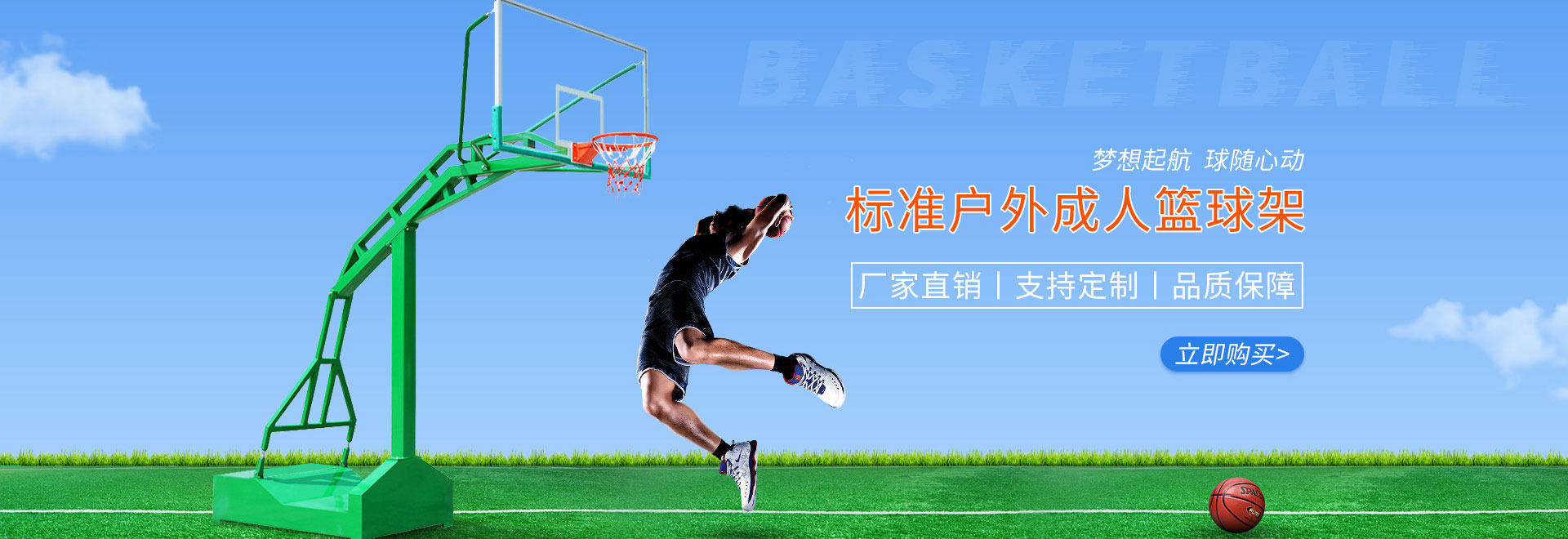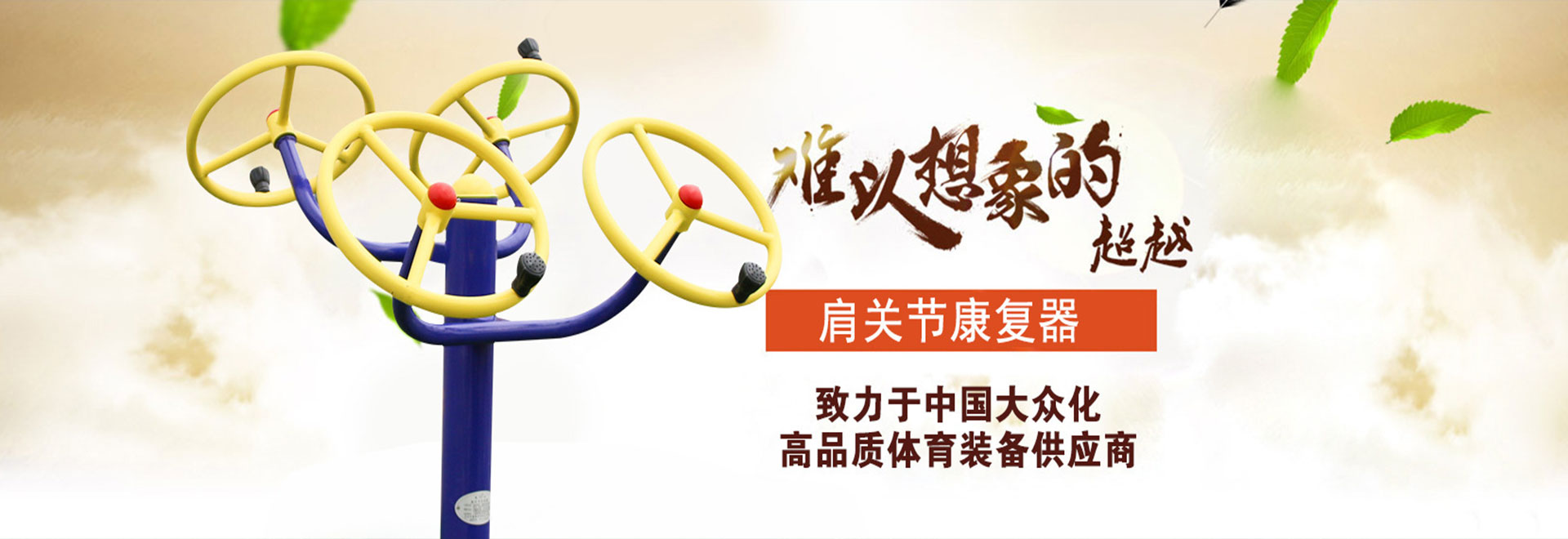Is Synthetic Track Surfacing Taking Over the World?米乐m6官方网站
Synthetic track surfacing is becoming increasingly popular in the world of athletics, and for good reason. Synthetic tracks offer a number of benefits over traditional track surfaces, including improved durability, reduced maintenance costs, and increased safety for athletes. In recent years, the use of synthetic track surfaces has become more widespread, with many schools, universities, and professional sports teams opting for this type of surface for their athletic facilities.
One of the main advantages of synthetic track surfacing is its durability. Unlike traditional track surfaces, which are typically made of concrete or asphalt, synthetic tracks are made of a special type of rubber that is designed to withstand the wear and tear of heavy use. This means that synthetic tracks can last for many years without needing to be resurfaced or repaired, which can save schools and universities a significant amount of money in maintenance costs over time.
Another advantage of synthetic track surfacing is its safety. Traditional track surfaces can be hard and unforgiving, which can lead to injuries if athletes fall or trip while running. Synthetic tracks, on the other hand, are designed to be more forgiving and shock-absorbing, which can reduce the risk of injury for athletes. Additionally, synthetic tracks are often designed with special features, such as textured surfaces and drainage systems, that can improve traction and reduce the risk of slipping.

In addition to these benefits, synthetic track surfacing also offers a number of other advantages over traditional track surfaces. For example, synthetic tracks can be customized to meet the specific needs of athletes and sports teams, with different types of surfaces available for different types of activities. Synthetic tracks can also be installed quickly and easily, which can minimize disruptions to athletic programs and events.
Despite these advantages, there are some concerns about the use of synthetic track surfacing. One of the main concerns is the environmental impact of these materials. Synthetic tracks are typically made from petroleum-based products, which can contribute to greenhouse gas emissions and other environmental problems. Additionally, some experts have raised concerns about the potential health risks associated with the use of synthetic track materials, particularly for athletes who may be exposed to these materials over long periods of time.
Despite these concerns, the use of synthetic track surfacing is likely to continue to grow in popularity in the coming years. As more schools, universities, and sports teams look for ways to improve their athletic facilities and provide safer, more durable surfaces for their athletes, synthetic tracks are likely to become an increasingly popular choice. With continued research and development, it is also possible that synthetic track materials will become more environmentally friendly and safer for athletes in the future.
In conclusion, synthetic track surfacing is a popular and effective choice for schools, universities, and sports teams looking to improve their athletic facilities. While there are some concerns about the environmental and health impacts of these materials, the benefits of synthetic tracks in terms of durability, safety, and customization make them a compelling choice for many organizations. As the use of synthetic track surfacing continues to grow, it will be important for researchers, policymakers, and industry leaders to work together to address any potential concerns and ensure that these materials are used in a safe and sustainable manner.





